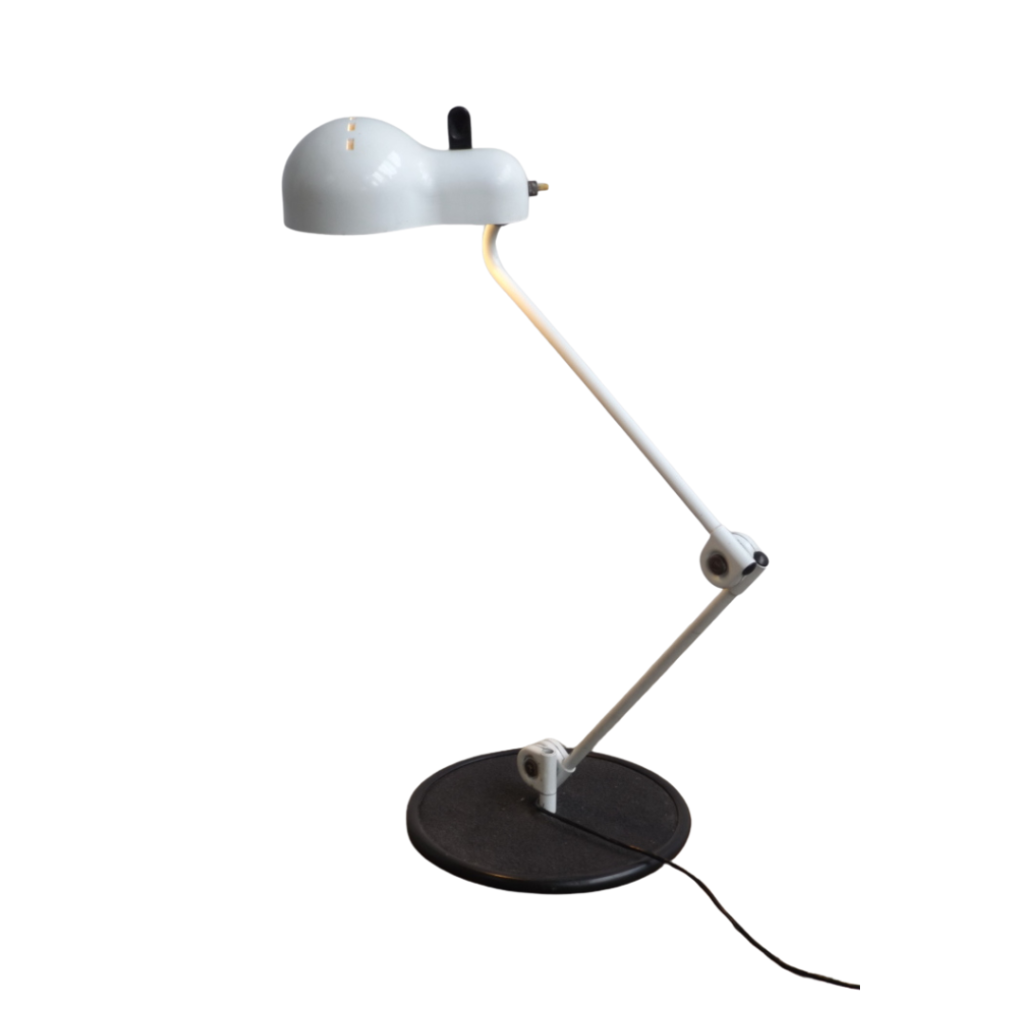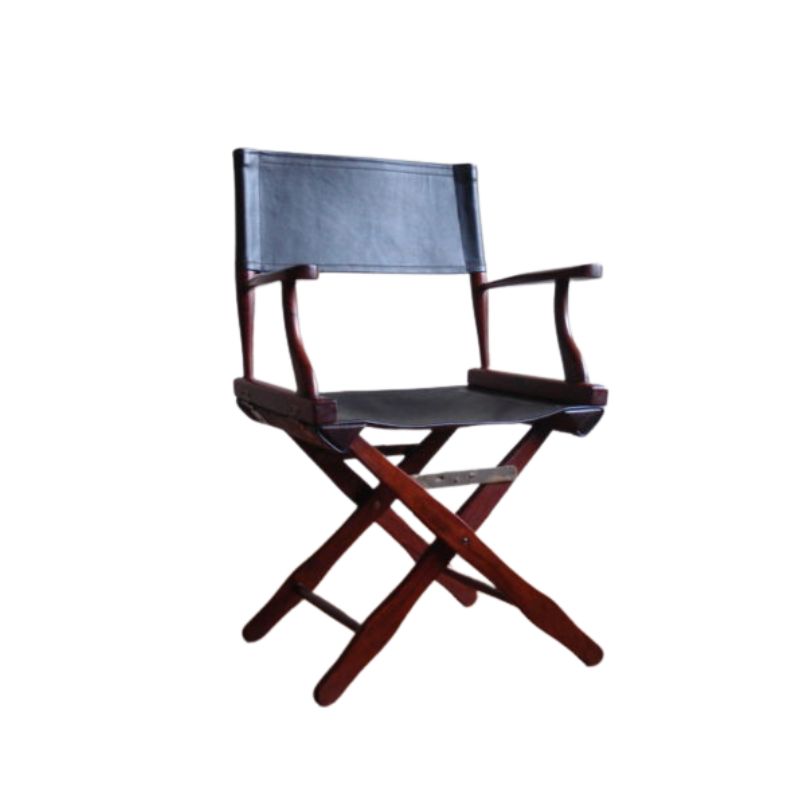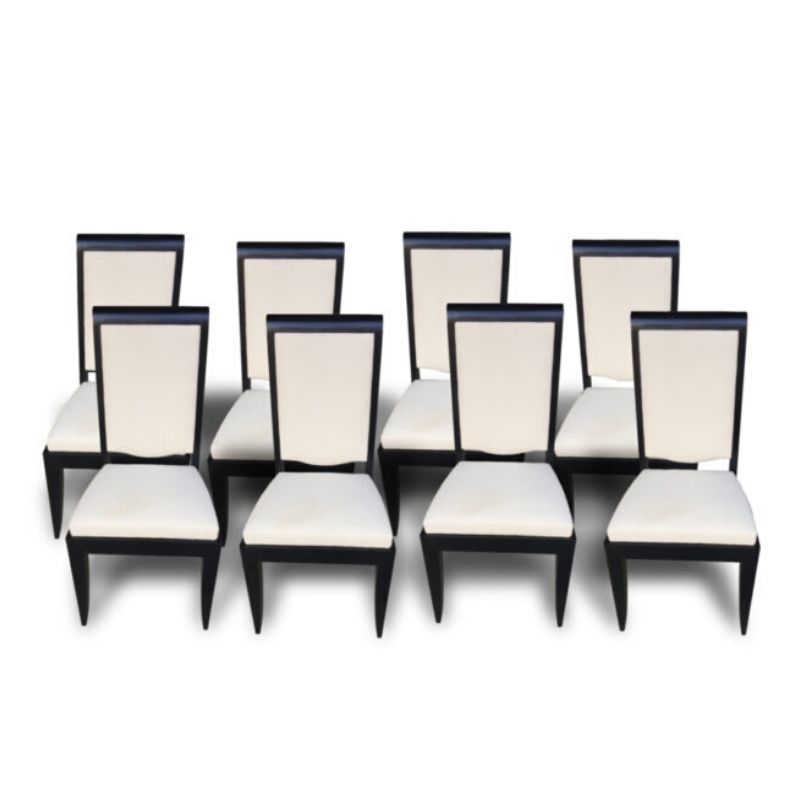The thread "I made this..." where Jeremiah showed us his chair made with existing elements gave me the idea to ask your opinion concerning the use of ready-made in the history of design and contemporary design.
It is rather little known that Marcel Duchamp initiator of the ready-made in art is indirectly at the origin of its introduction in the field of design. Indeed Dino Gavina, who was a friend of Duchamp, presented him in the Fifties to two young Italian designers, the Castiglioni brothers. A little while later, they created the Mezzadro stool, the Toio lamp and other creations which are largely made from ready-made objects (tractor saddle, headlight of a car, fishing cane, etc). Since there has been many other examples of the use of ready-made and I am sure that you will illustrate it in your next messages.
Concerning the use of ready-made today, I think it could go beyond the fields of 'Exercises in Style' where one confines many designers. At the time when sustainability becomes a major stake, when the 3r (Reduce, Reuse, Recycle) are largely promoted, isn't there a new role to play for the ready-made in the practice of contemporary designers?


I believe there is absolutely a place in modern design
for utilizing the ready made concept. The combination of similar or even disparate objects that come together to form some new third object (Duchamps ready made urinal, notwithstanding). The only problem I might foresee are issues of licensing the various objects and getting several different manufactures and then by default several different corporate entities to come together and recognize the value of a particular combination without diminishing their particular piece of the puzzle or combination that is the result.
I have tried to do this myself and just getting the correct person on the phone who might buy into the concept was in my case, more hassle then it was ultimately worth. A lot of corporate drones seem to be sheep and are somewhat afraid of stepping out of line and getting behind something that initially might generate scorn from coworkers and more importantly their supervisors makes them hesitant to commit.
resourceful in all of life
i honestly hope our culture -- even our world -- is learning about environmental responsibility and its necessary and corresponding counterpart, resourcefulness.
frankly, a big part of me fears it will become for many a passing fad -- simply another way to show others how "with it" we've become.
i really hope i'm wrong about that, but it will take quite a bit of change in the overall mindset [philosophy, attitudes, expectations, etc.] on the individual level in order to realize significant longevity.
perhaps so much truth is contained in that pithy piece of advice, "waste not, want not." yes, it sounds so old fashioned, and too many equate it with our assumed out-of-touch great grandparents who hoarded everything from short pieces of broken shoelaces to foil gum wrappers, "just in case" they needed it.
i'm talking rather about substance over symbolism -- making genuine lifestyle decisions stemming from a mind that has been properly informed and a heart that has been deeply touched. this sort of transformation affects much more than my light-bulb-buying decision; it affects all of life itself. yes, all.
such is the crux of integrity -- that of living a life that is not compartmentalized but an integrated whole, consistent throughout, of a single substance. the other options are far less attractive, bringing to mind descriptives like duplicity, defeat, hypocrisy, disappointment, and undoubtedly many more in a broad range of intensity.
on a much lighter note, picasso's simple work from the bicycle bone yard is a beautiful example of repurposing available resources. the creativity came in seeing the potential of something -- possibly deemed worthless -- as something else, whether cleaver, beautiful, functional, provocative or otherwise.
Reduce... reuse... recycle!
Reimagining something is a basic cornerstone of creativity. I repurpose things a lot in my own home. I have carabiner clips on my shower curtains and a chandelier made out of a sawblade and an automotive extension spring. I love when I see a design that took something already out there and completely reinvented the use of it.
One of the roots of the ready-made concept is, I think, the basic mind-set of peasant/hillbilly frugality. Don't throw something away that you can reuse or repurpose. Has anyone seen the quilts made by the women of Gee's Bend, Alabama? Take a look at the link below. The quilts are gorgeous, funtional art made from cast offs and throw-aways. And look at the women who make these things, not designers, just simple folk who raised their humble reuse projects into art. And did they think that's what they were doing when they started? Of course not. They were just being frugal because they didn't have much to start with.
It's sad to think that the idea of repurposed designs would be stymied by the problem of licensing the use of the components. it says a lot about the state of our civilization that this would be a concern that would block the intelligent use of materials. There must be a way past that. We, as a species, have got to learn that our resources are finite. Reuse should be a normal accepted part of our lives not an interesting design concept!
http://www.quiltsofgeesbend.com/
I always
think children's toys made from recycled materials have great charm
http://www.streetplay.com/playfulworld/recycledtoys.shtml
Whole Earth Catalogue
Way back when....
there was the Whole Earth Catalogue which is summarised better in the link below, than I could ever do.
It contained every conceivable use for 'junk' and the re-use of everyday objects as well as building housed from bottles which were produced for that purpose (once emptied of their contents)!
http://www.amazon.com/review/R1YCLUE2WXTAG0/ref=cm_cr_rdp_perm
If you need any help, please contact us at – info@designaddict.com









